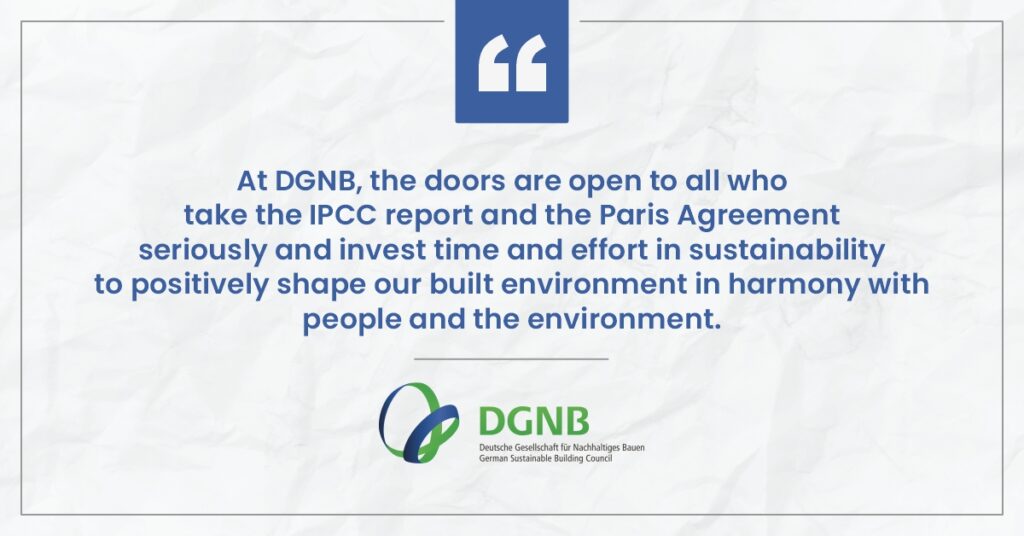Trending
Over the past few years, the emphasis on sustainability has significantly increased across various sectors. The construction industry has also turned its attention towards sustainability through concepts like sustainable construction, green buildings, etc. Enhanced health due to safe materials, increased productivity due to better surroundings, and much more effective protection against noise are some of the numerous advantages offered by sustainable/green buildings.
The German Sustainable Building Council (DGNB) is one of the strongest and oldest proponents of sustainable construction. The company was founded with the aim of making sustainable construction the new standard in the construction and real estate industry. It is a participatory association that currently has more than 1600 members from all kinds of sectors including product manufacturers, architects, specialist planners, universities, and industrial companies.

